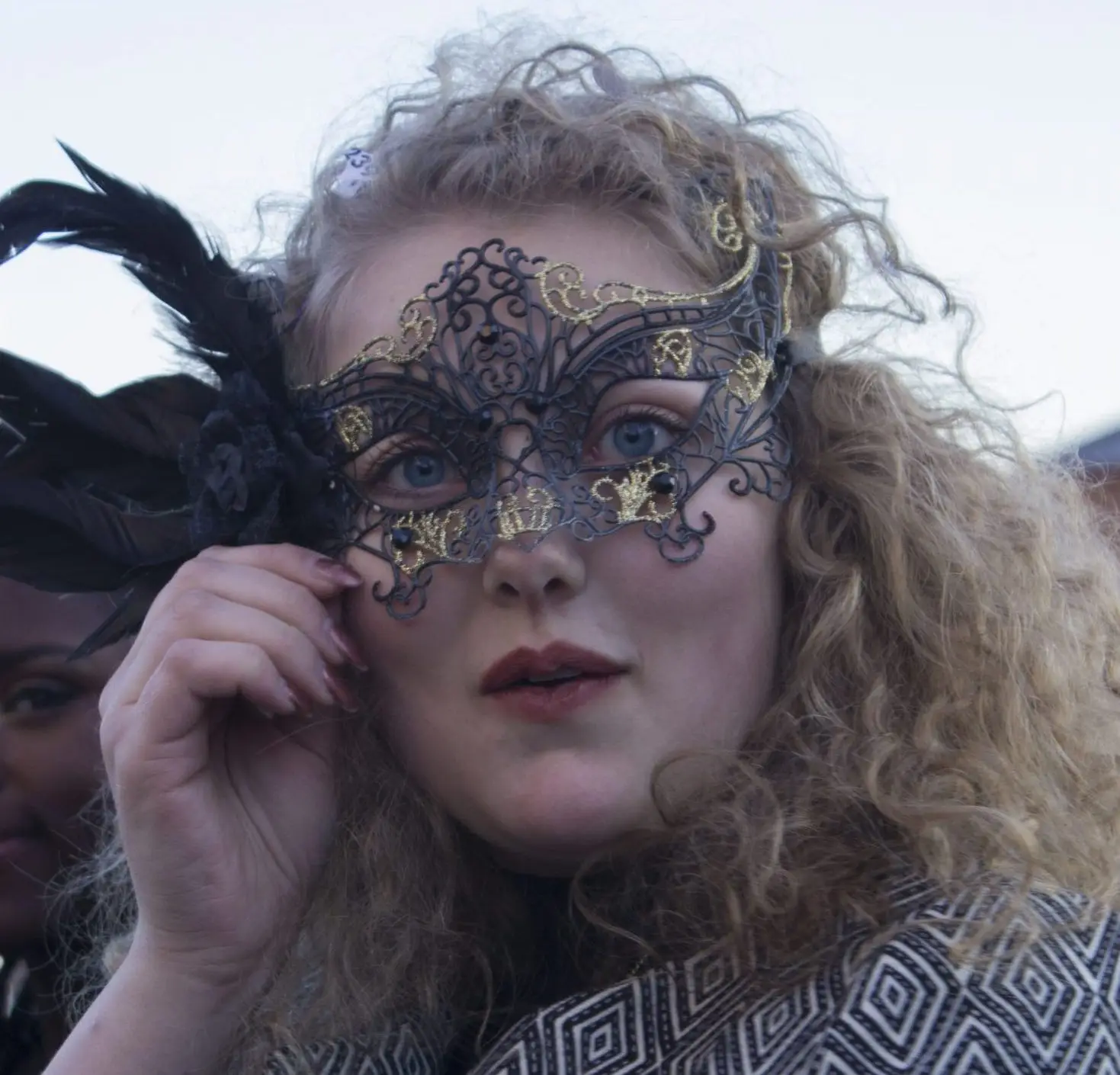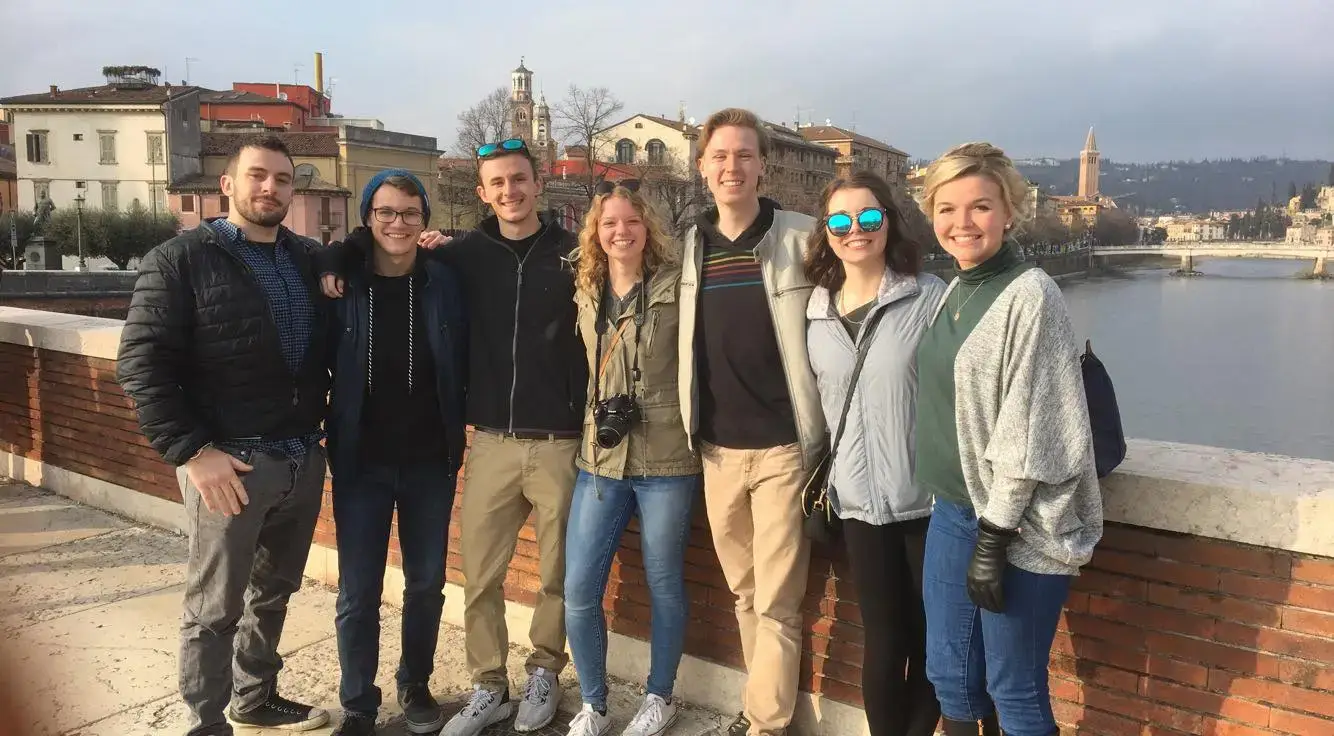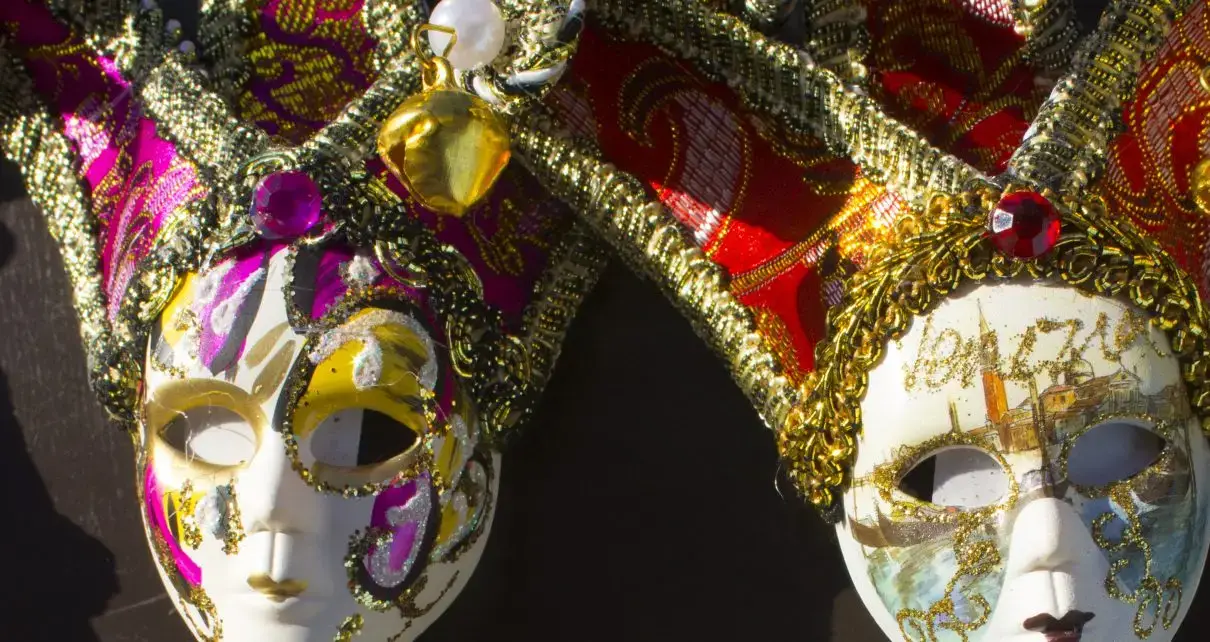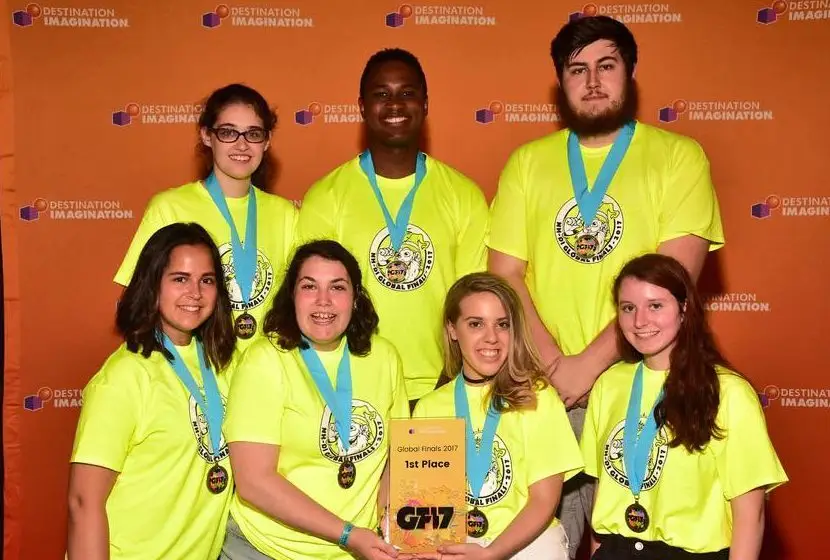Once every year, the narrow streets and veins of canals that intertwine through Venice, Italy are lit up as the city celebrates Carnevale. The celebration encompasses locals and visitors far and wide who come to enjoy this huge party, complete with singing, dancing, parades and the famous masks and costumes.
“As a study abroad student who experienced the dedication to this cultural tradition for the first time, it felt like I was in a completely different world,” said Amaris Taylor (’18), who is studying at Florence University of the Arts (FUA).
The start of Carnevale is different every year, as it begins forty days before Easter Sunday. The party rages on for two weeks until Ash Wednesday hits and Lent begins. The tradition occurs all over Europe, where it’s simply Carnival, and through the rest of the world too. In the U.S., we call it Mardi Gras.

The most iconic piece of Venice’s celebration, however, is the ornate masks that many choose to wear. It is believed that these masks were a product of the Venetian class structure long ago, which was one of the most rigid in all of Italy. Adorning a mask meant the obfuscation of one’s identity, allowing one to move freely through the streets and socialize with everyone, without worry of their social class.
Nowadays, wearing a mask is an expression of one’s individualism. At the very end of Carnevale is La Maschera Più Bella, a contest for the most beautiful mask. Festival goers are encouraged to design their own masks, and many locals come from generations of mask makers. For those visitors less artistically inclined, there are plenty of places to stop and get a mask to join in on the fun.

“Buying festive masks right when we got there was pretty cheap and made the trip a bit more enjoyable, although I forgot to bring my contacts, so I spent most of the day wearing my mask as a hat,” said Devin Souza (’19), also studying at FUA. “The costumes were incredible with people dressed in classic Venetian carnival costumes as well as Assassin’s Creed, Alice in Wonderland and pretty much anything else you could imagine”
There are many ways study abroad students can travel to Venice. Taylor travelled through Bus2Alps, a tourism agency specializing in trips for study abroad students. Devin and his group decided to plan the trip themselves and spent a weekend splitting their time between Venice and Verona.
“Overall, with everything included, I spent only 180 euros but have gained experience in what to save on for next trip… I highly recommend taking the time to plan your own trip as it can be an incredibly rewarding experience,” said Souza.
Anyone looking to visit “The Floating City” would be best to do so as soon as possible. The city, made up of 118 small islands connected by bridges, is becoming increasingly prone to flooding. The city seems to be sinking, nine inches in the past century alone.
Some believe this is due to the sediments from the Po River, which the city’s foundation is built upon, having yet to settle, especially after the many years of pumping drinking water from underground aquifers that ended in 1970. The more pressing issue is global warming causing water to rise.

That has not stopped the Venetians from celebrating. Mussolini banned all Carnevale celebrations in the 1930s, but a group of artists restarted them in 1979. Now, Venice sees three million tourists a year during the time of Carnevale.
“Carnevale is an unforgettable experience,” said Taylor.




